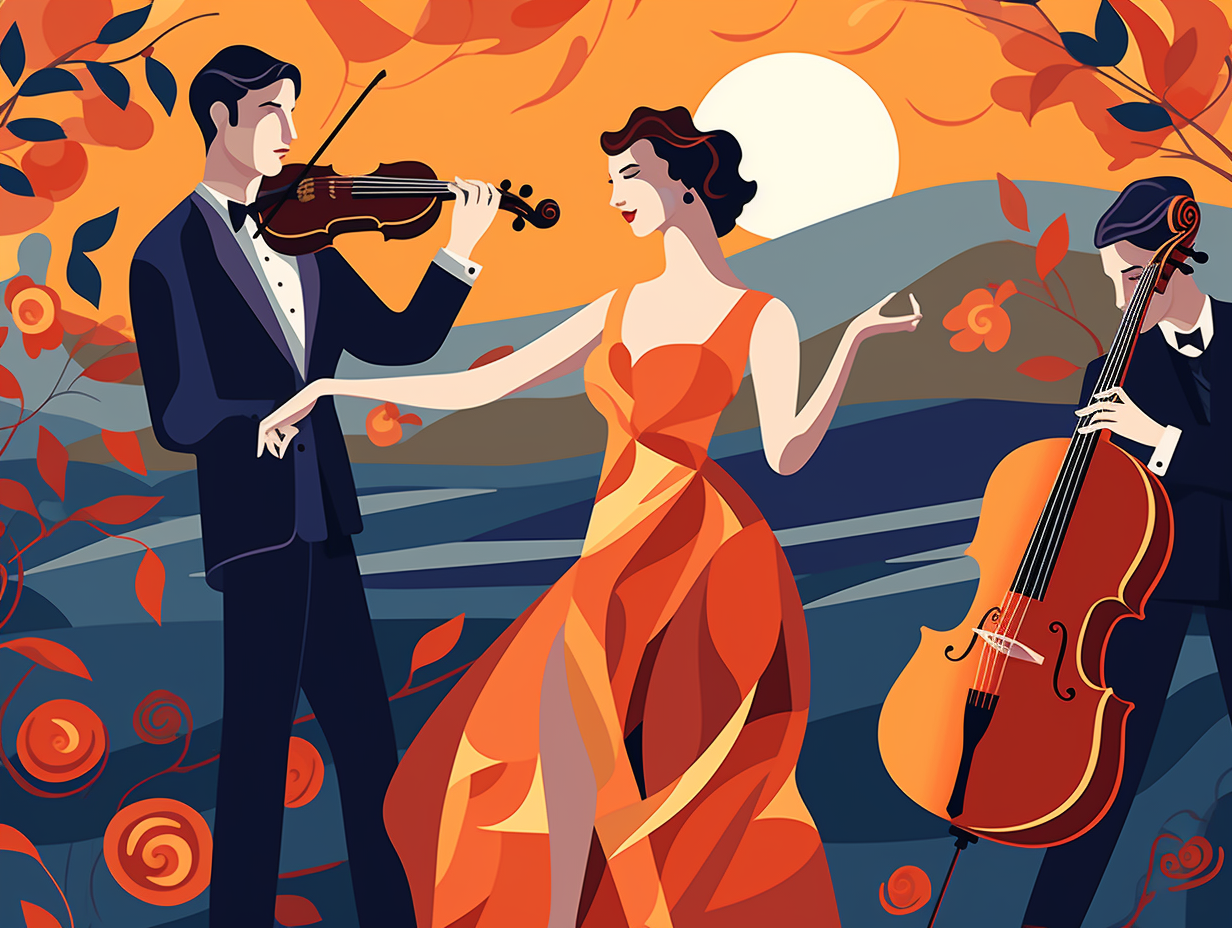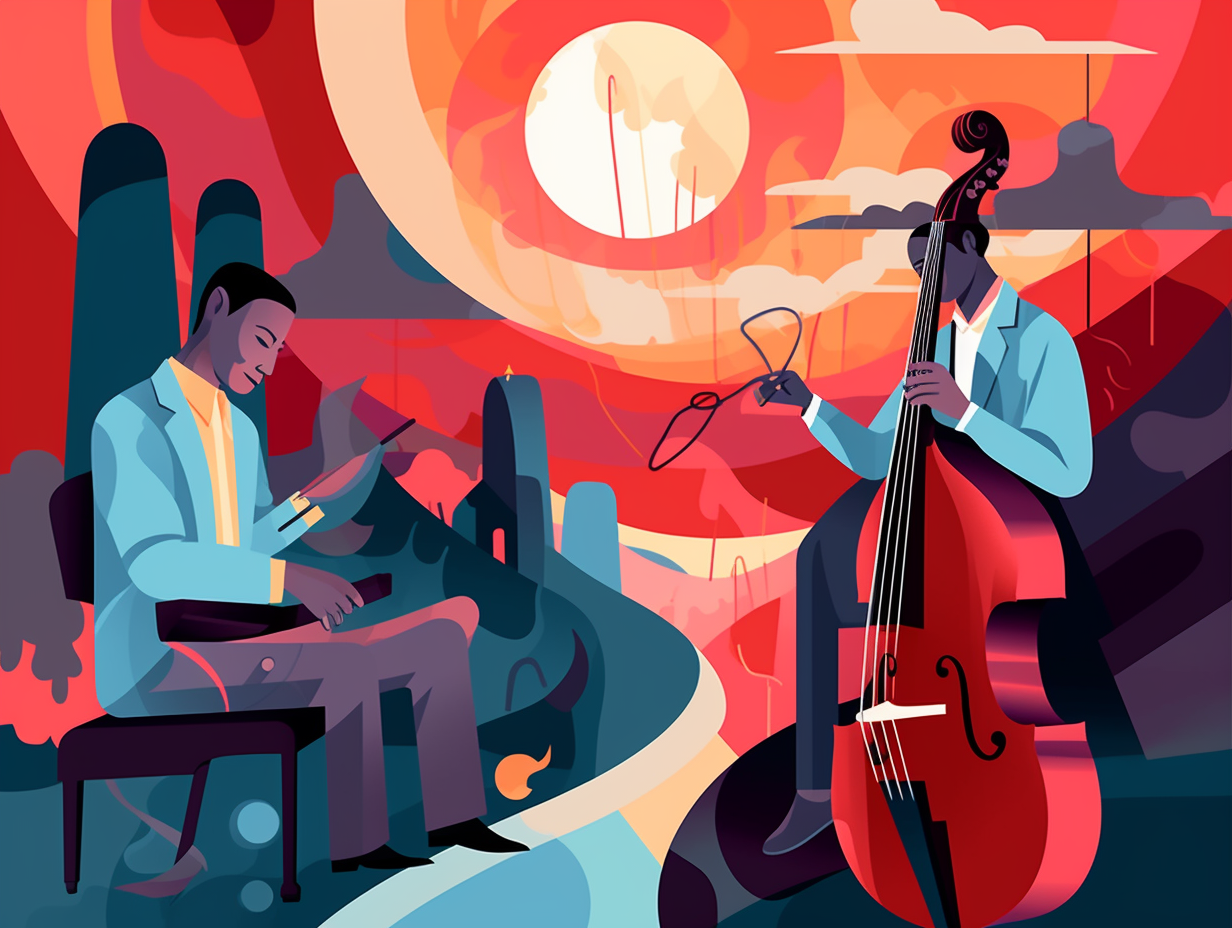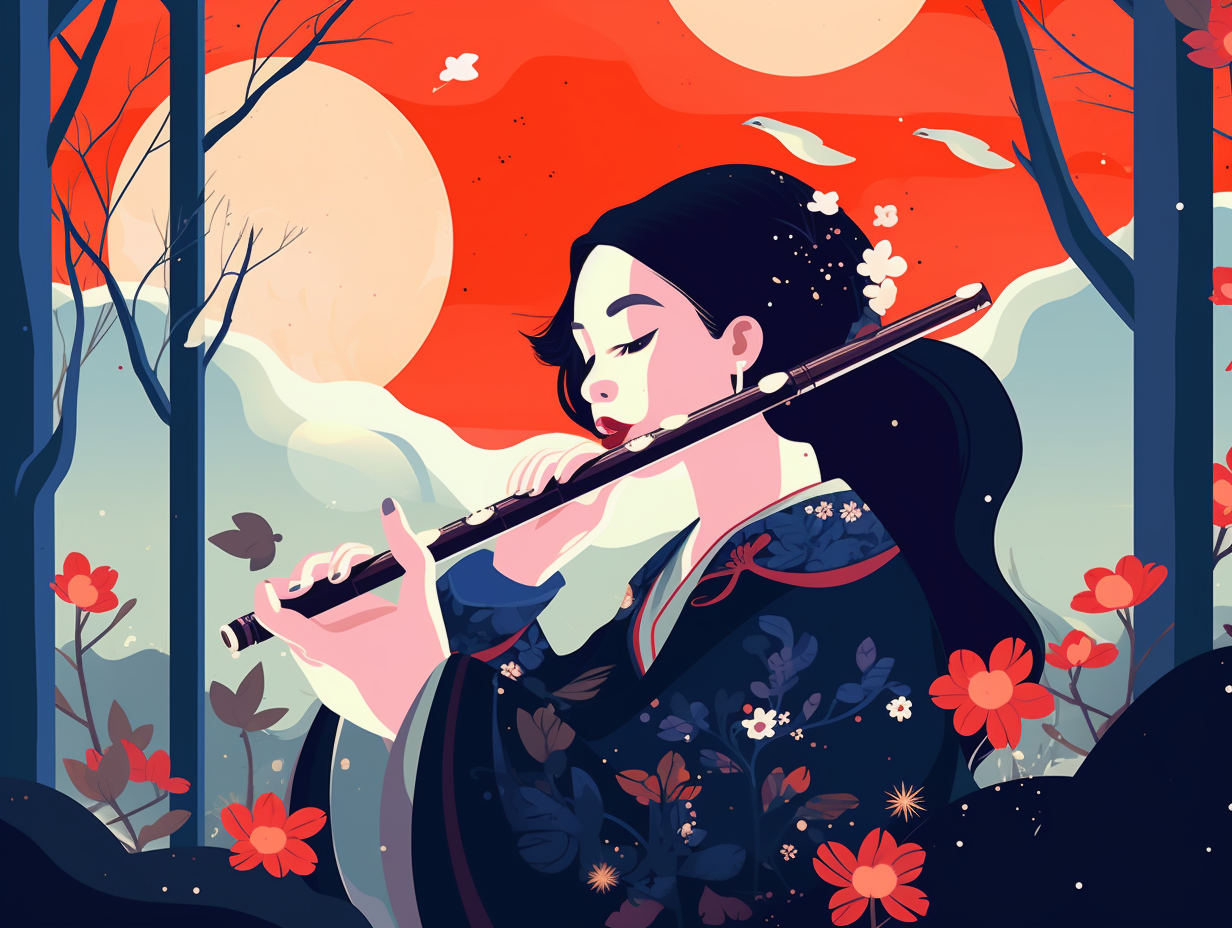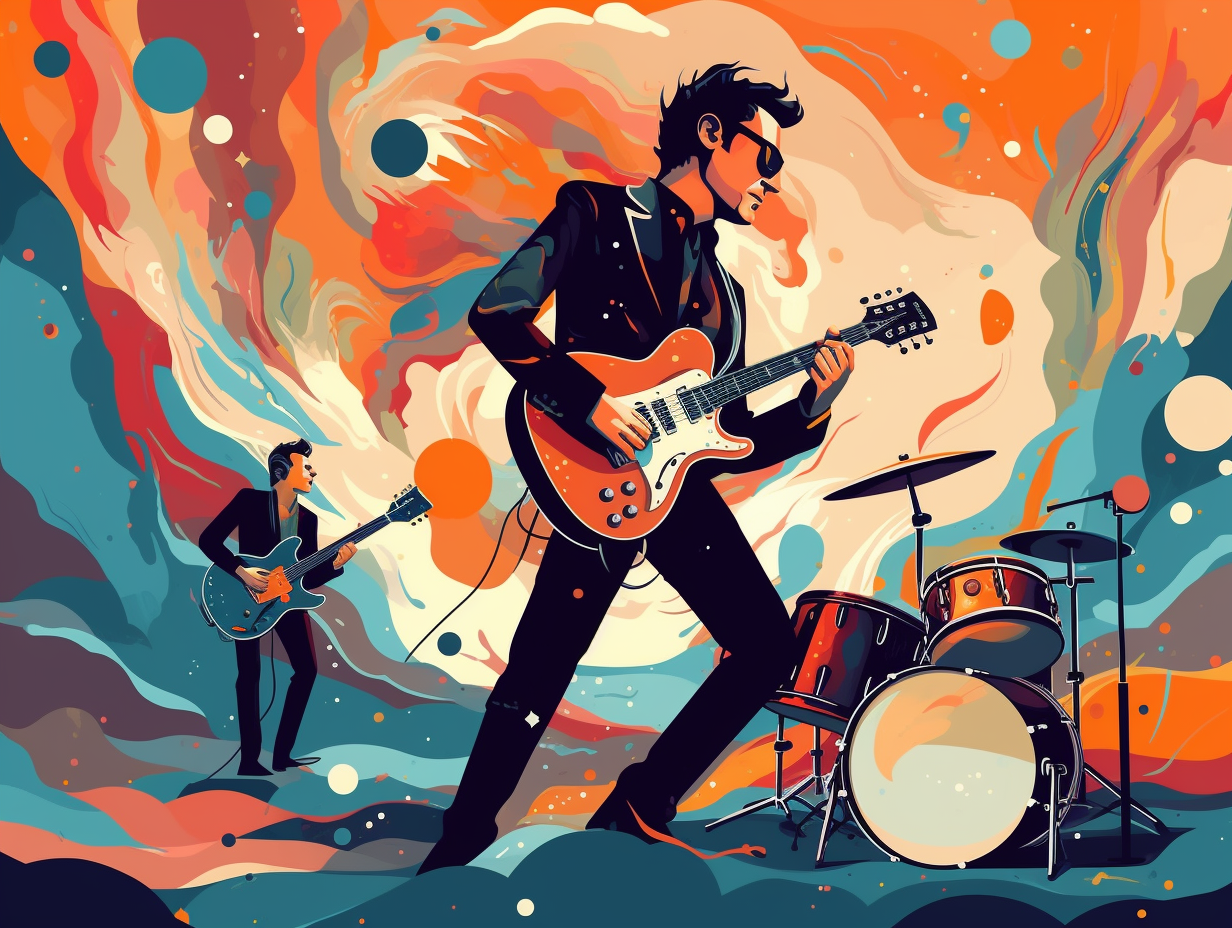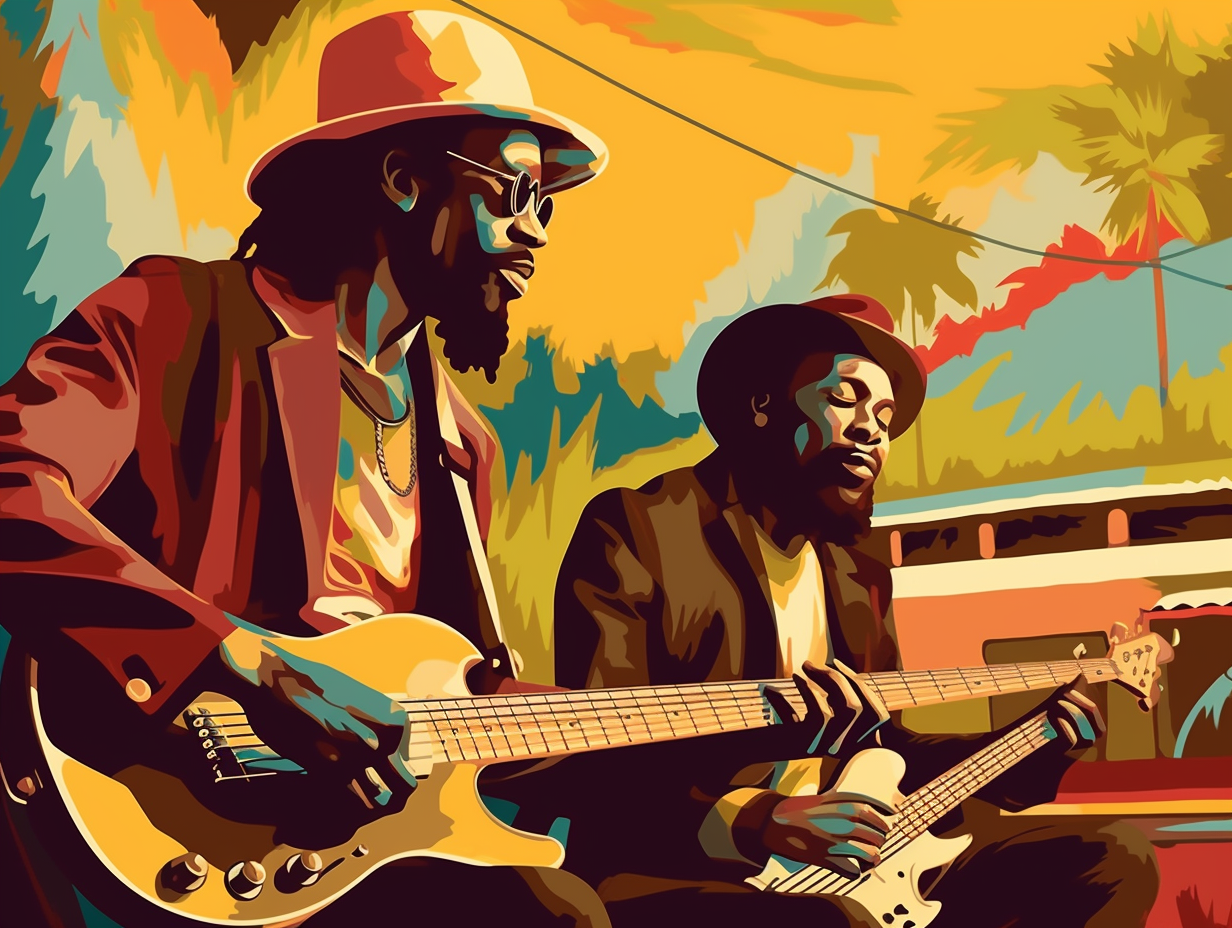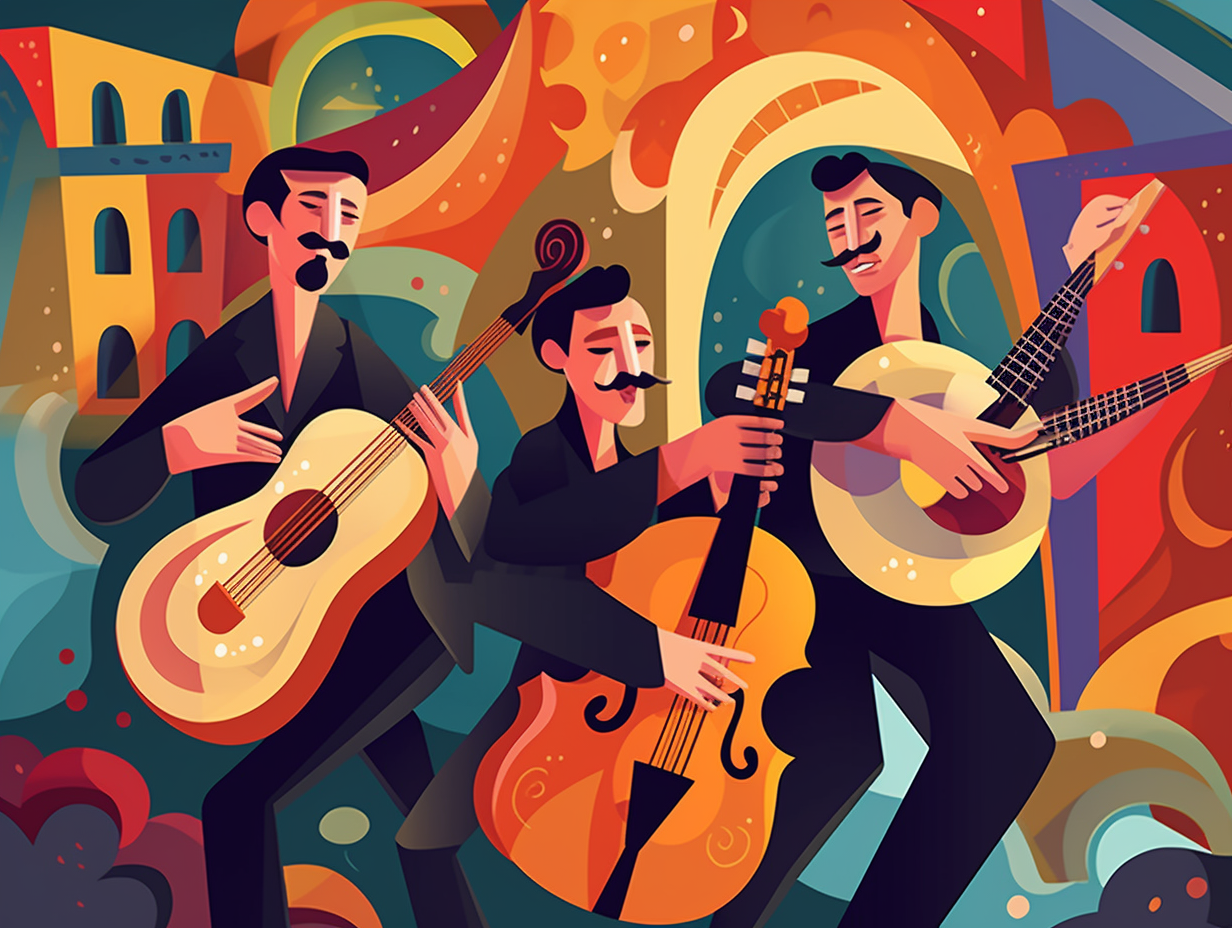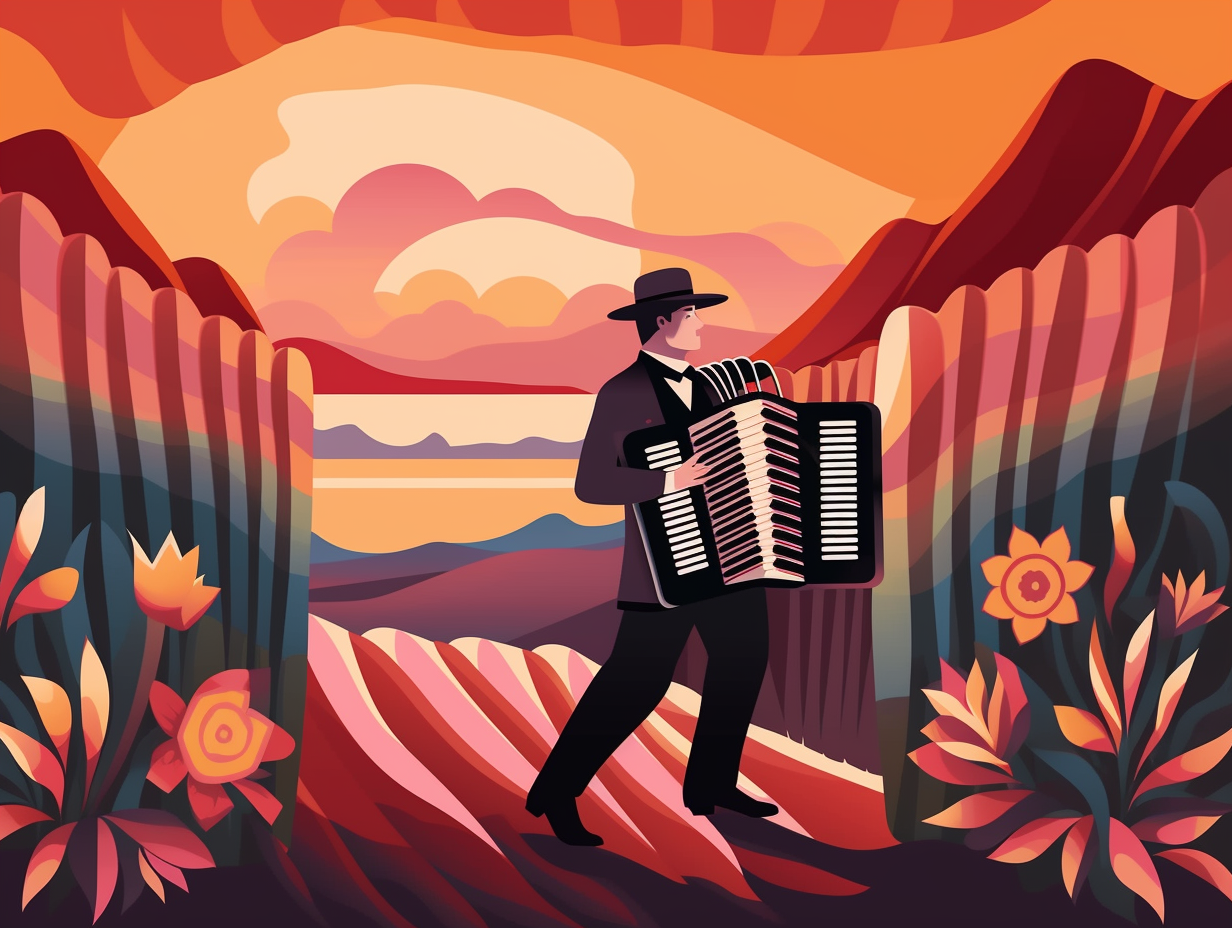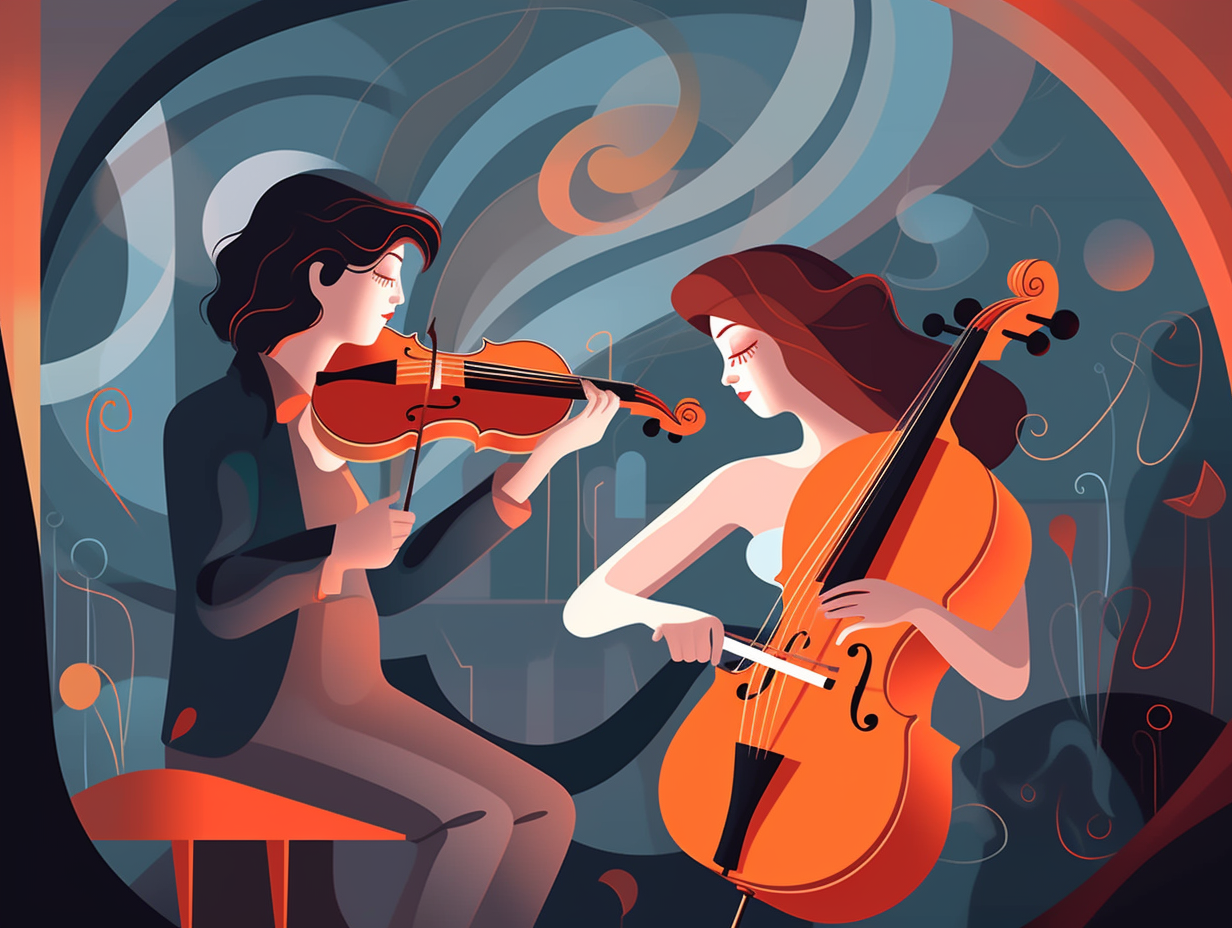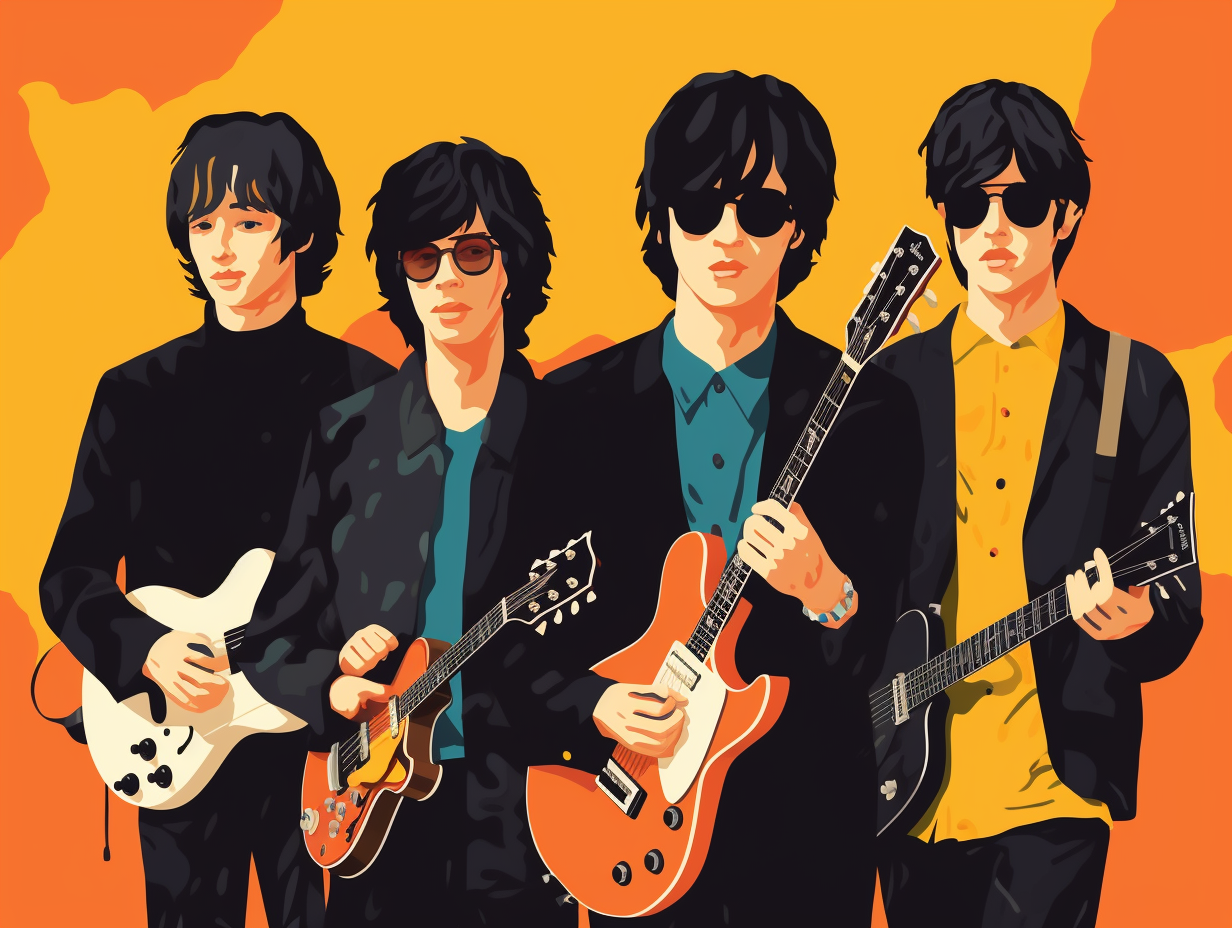Discover the Melodies: Top 9 Amazing Fun Facts About Chinese Music You Need to Know!
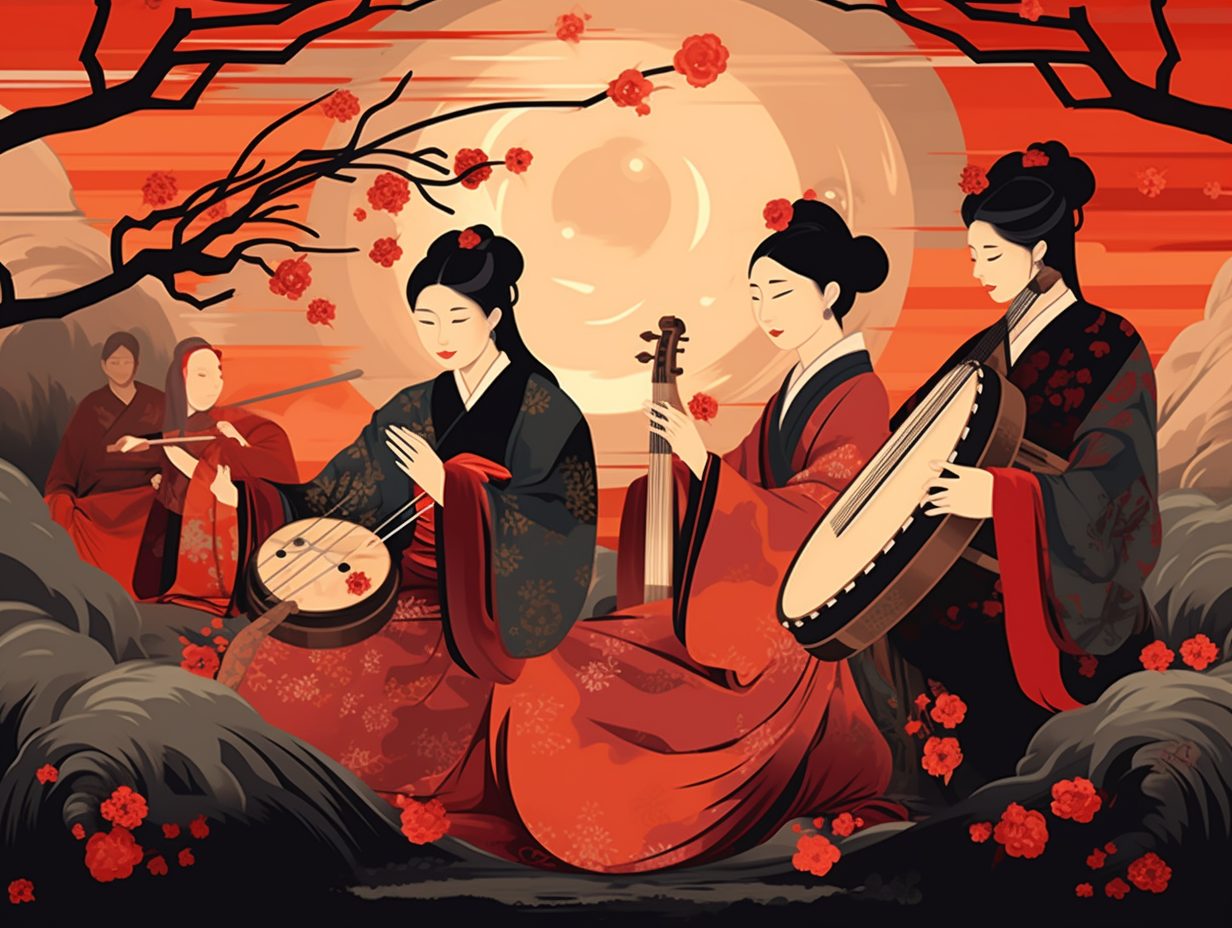
1. Ancient Chinese DJs' Secret
Have you ever wondered how China's ancient DJs rocked the party without turntables? Turns out, they had a little secret called twelve lǜ: The ancient Chinese devised a twelve-note gamut to create unique sets of five or seven frequencies, crafting an impressive array of soundscapes quite distinct from the Western diatonic scale. Today, however, most Chinese music relies primarily on a pentatonic scale, sharing many similarities with the Western major pentatonic scale and featuring five notes named gōng 宫, shāng 商, jué 角, zhǐ 徵, and yǔ 羽.
Source => en.wikipedia.org
2. Rockin' with Bianqing Chimes
You know the saying, "rock out with your chimes out"? Well, it must have come from the Chinese instrument, the bianqing: a set of L-shaped stone chimes hung in a wooden frame, played by striking them with a mallet. With a history dating back to ancient times, the bianqing was used in China's ritual and court music, even making its way to Vietnam and Korea. Certified rock star Confucius himself could craft a mean bianqing back in the day, and the instrument is still used today, proving that you don't need an electric guitar to "rock" the house. Seriously: an ancient Chinese instrument that originated with stone, jade, and bronze chimes, the bianqing is still relevant today – both in traditional ceremonies and modern performances.
Source => en.wikipedia.org
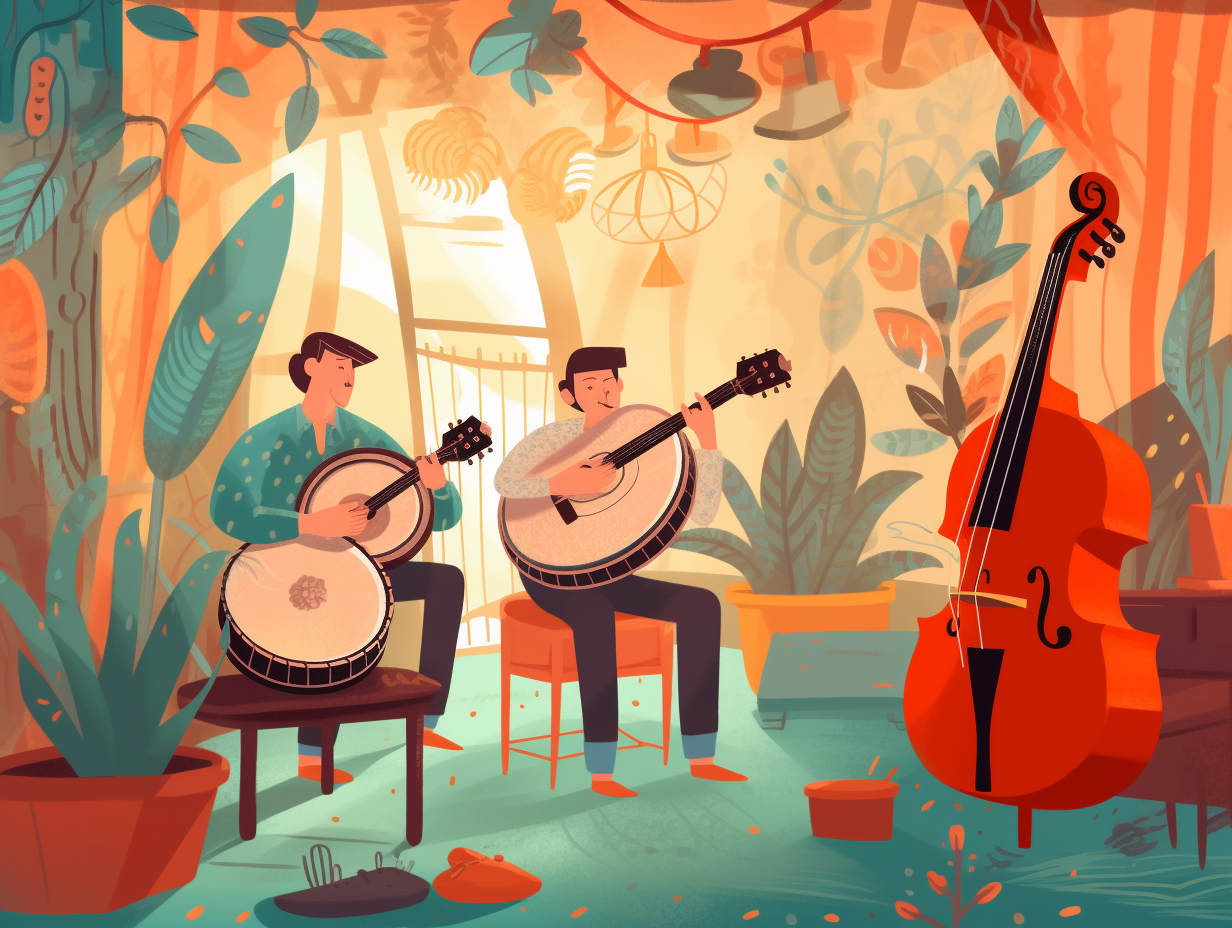
Discover the fascinating world of the hydraulis, the ancient ancestor of the church organ, invented in 3rd century BCE. Uncover its unique bird imitations, Vocal Memnon solos, and how water-powered technology paved the way for future keyboard instruments. Dive into a harmonious history with a visit to Greece's Archaeological Museum of Dion. 🎹💦🎶
=> Fun Facts about Instruments
3. Bone Flute: China's Prehistoric Music
Before the Rolling Stones were even fossils, the ancient Chinese were rocking the bone flute: Music culture in China has a rich heritage that dates back over 9,000 years, with evidence of early instruments such as the Jiahu Village bone flutes and the 7,000-year-old clay Xun discovered in Hemudu, Zhejiang, and Banpo, Xi'an.
Source => en.wikipedia.org
4. Tang Dynasty's Pipa Fever
Even ancient Chinese emperors couldn't resist a good jam session: The pipa, a lute-like instrument, was all the rage in the Tang Dynasty – so much so that Emperor Gaozong's favorite concubine, Yuhuan, was also the Eddie Van Halen of pipa players. The instrument wasn't just for royals though; its popularity spread far and wide, with evidence of everyday people rocking out on the pipa found in ancient murals in the Mogao Grottoes.
Source => zgmzyq.cn
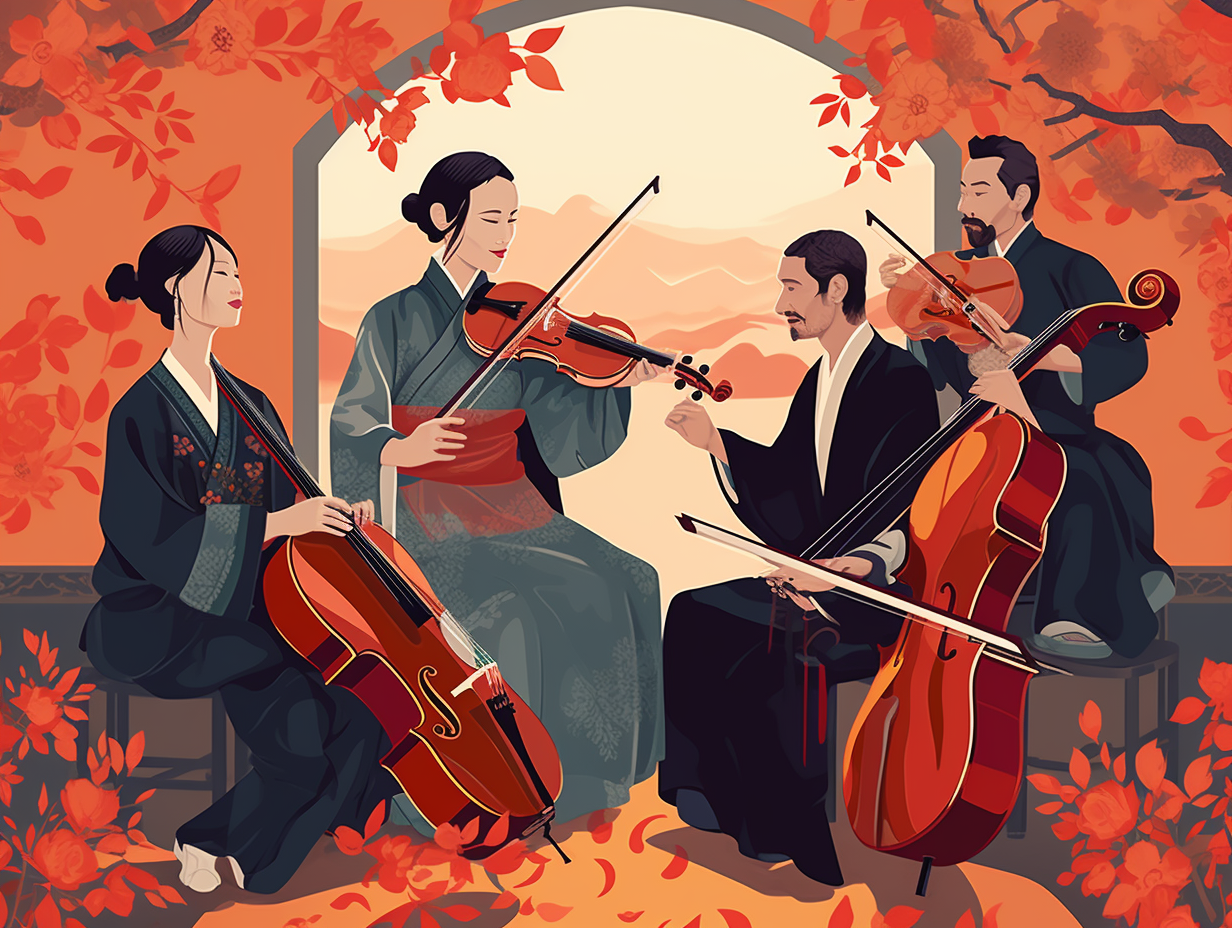
5. Confucius' Yayue Jams
Confucius didn't hit the club often, but when he did, he had a favorite jam: Yayue, the OG soundtrack to stable governance and self-improvement! : This ancient Chinese royal court music and dance form was believed to embody refinement and righteous order, distinguished from the "uncultivated music" of popular tunes, and played only with a select group of traditional instruments from the eight legendary categories.
Source => en.wikipedia.org
6. Fuxi's Divine Playlist
Long before Spotify's Discover Weekly, China had its own divine playlist: Fuxi, the Celestial Ruler of the East, crafted the yaoqin, a zither made from a magical parasol tree, representing the Four Seasons, Yin and Yang, the Five Elements, and the Twelve Months. This heavenly instrument was cherished at festive occasions, enriching China's musical culture for over 5,000 years.
Source => shenyunperformingarts.org
7. Paigu: Chinese Musical Buffet
What do you get when you cross a musical chair with a Chinese buffet? A Paigu, of course: Invented in the early 1960s by Cai Huiquan and Yang Jingming, the paigu boasts five drums of varying sizes, with each drum having two sides that produce ten distinct tones, famous for bringing warmth and jubilation to classics like "Festival of Shanzhai" and "Gongs and Drums on the Sea".
Source => zgmzyq.cn
8. Literati Private Jam Sessions
If you ever pictured ancient Chinese scholars chilling out with private jam sessions, you're not too far off the mark: Traditional Chinese classical music was primarily performed by literati on instruments like the qin and pipa during personal gatherings, with public performances becoming popular only after the establishment of the People's Republic of China in 1949.
Source => philmultic.com
9. Xiqao: Violin-Making Hotspot
Who needs Stradivari when you've got Xiqao's strings in your bow: A small town in China, Xiqao is home to the Taixing Fengling Musical Instrument Co., the largest violin maker in the world, responsible for 45% of China's violin production and a quarter of the global supply in 2006 alone, churning out 300,000 violins, violas, cellos, and basses in a single year, all crafted with hand tools and sold at an affordable price point.
Source => factsanddetails.com
Related Fun Facts

